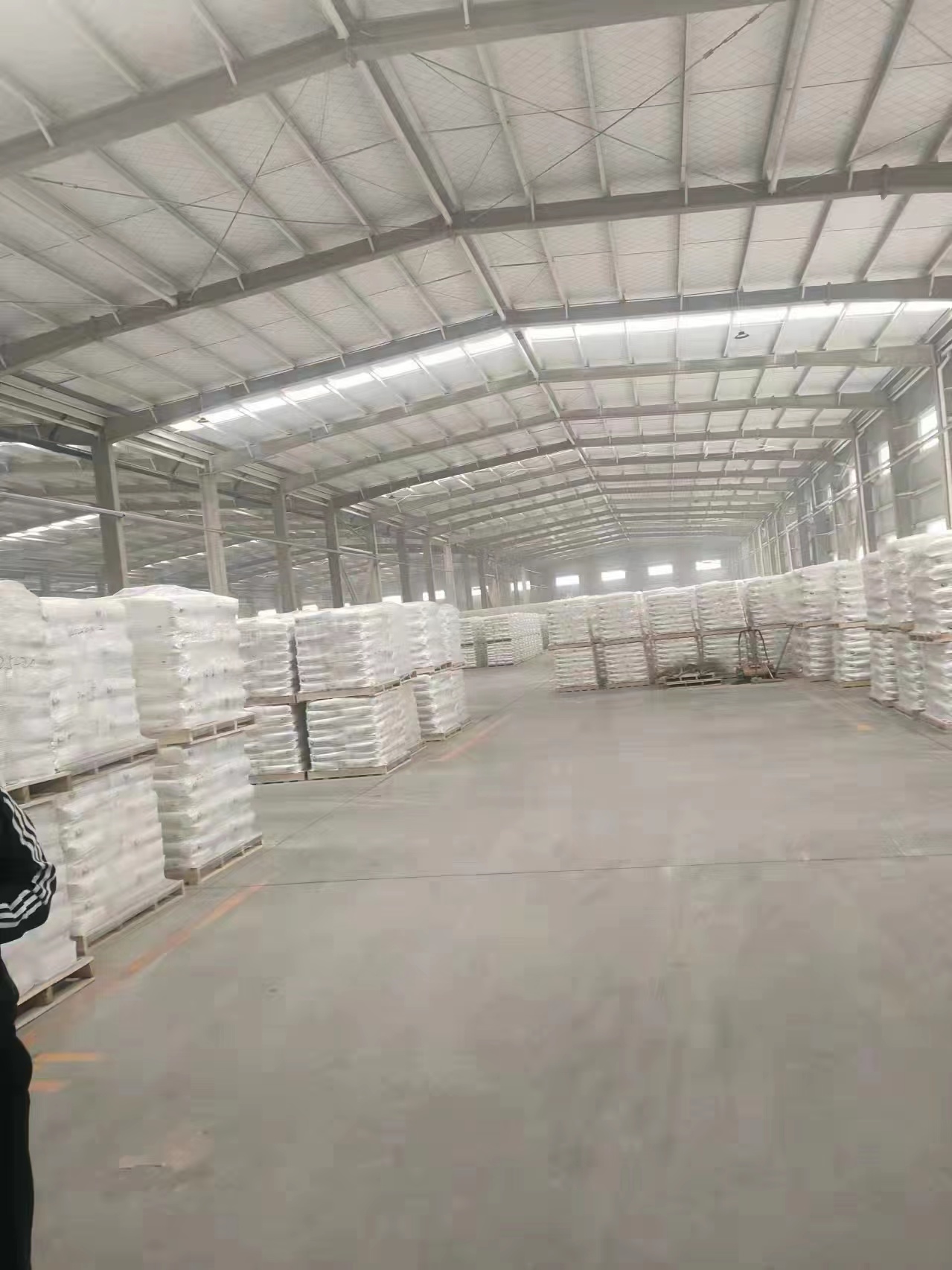
Oct . 03, 2024 05:51 Back to list
Comparison of Anatase and Rutile Titanium Dioxide Properties and Applications in Various Fields
Understanding Anatase and Rutile The Two Forms of TiO2
Titanium dioxide (TiO2) is a widely used compound known for its exceptional properties, including high refractive index, UV light blocking ability, and photocatalytic activity. TiO2 primarily exists in three crystal forms anatase, rutile, and brookite, with anatase and rutile being the most prevalent. These two allotropes differ significantly in their structure, properties, and applications.
Structural Differences
Anatase and rutile are both forms of titanium dioxide, yet they have distinct crystal structures. Anatase exhibits a tetragonal structure, while rutile has a more stable tetragonal configuration with a denser arrangement of titanium and oxygen atoms. This structural difference is critical because it influences the physical and chemical properties of each form.
In terms of stability, rutile is the thermodynamically favored phase at higher temperatures, making it more stable under most conditions. On the other hand, anatase is more commonly found in materials synthesized at lower temperatures, leading to its prominence in various applications, especially in the field of photocatalysis.
Optical Properties
One of the distinguishing features of anatase and rutile is their optical properties. Rutile is known for its high refractive index, which makes it suitable for use in optical devices. The high refractive index contributes to its effectiveness as a pigment in paints and coatings, where brightness and opacity are essential. In contrast, anatase, although it has a lower refractive index than rutile, exhibits superior photocatalytic properties, which have garnered significant interest in environmental applications.
Photocatalytic Activity
anatase and rutile tio2

The photocatalytic performance of anatase surpasses that of rutile, making it highly sought after in environmental and energy applications. When exposed to UV light, anatase can effectively generate reactive oxygen species (ROS), which can degrade organic pollutants and bacteria. This property has led to its incorporation in various applications, such as air and water purification, self-cleaning surfaces, and even in certain types of solar cells.
In contrast, while rutile also exhibits photocatalytic properties, it is less effective than anatase at room temperature. However, it does show improved photocatalytic activity under certain conditions, such as when doped with other materials or when combined with anatase in composite structures. The interplay between these two forms can enhance overall photocatalytic performance, leading to innovative solutions for environmental remediation and energy harvesting.
Applications and Industrial Uses
Both anatase and rutile find extensive applications across various industries. Rutile, with its superior optical and thermal stability, is predominantly used in pigments, providing the white color in paints, plastics, and paper. Its durability makes it ideal for high-quality coatings and the production of ceramic glazes.
Anatase, on the other hand, is primarily utilized for its photocatalytic properties. It is widely integrated into products aimed at reducing environmental impact, such as self-cleaning surfaces, photocatalytic coatings for buildings, and advanced filtration systems for air and water purification. Furthermore, its application in the photovoltaic industry has become increasingly important, particularly in the context of sustainable energy solutions.
Conclusion
In summary, anatase and rutile are two important forms of TiO2, each bringing unique properties and applications to the forefront of material science and technology. While rutile's stability and optical characteristics make it a staple in pigments and coatings, anatase's photocatalytic abilities position it as a key player in environmental applications and renewable energy. Understanding their differences and potential synergies continues to inspire innovations aimed at addressing global challenges in sustainability and environmental health.
-
Premium 6618 Titanium Dioxide for GPT-4 Turbo Applications
NewsJul.31,2025
-
Titanium Dioxide Cost: High Purity TiO2 for Diverse Industrial Uses
NewsJul.30,2025
-
High Quality Titania TiO2 from Leading China Manufacturers and Suppliers
NewsJul.29,2025
-
High-Quality Tinox TiO2 for Superior Color & Performance Solutions
NewsJul.29,2025
-
High Quality Titania TiO2 from Leading China Supplier & Manufacturer
NewsJul.29,2025
-
High-Performance r6618 TiO2 for Superior Whitening and Versatility
NewsJul.28,2025
